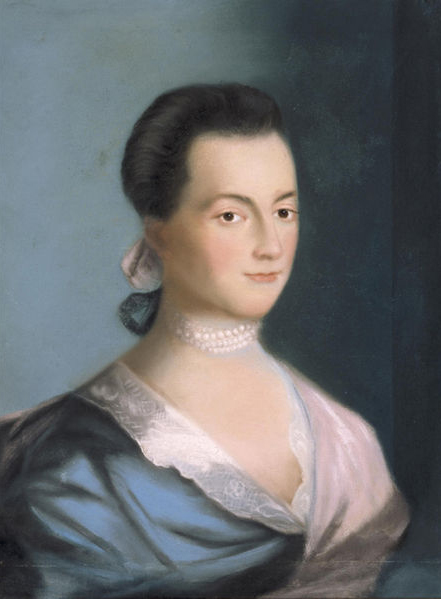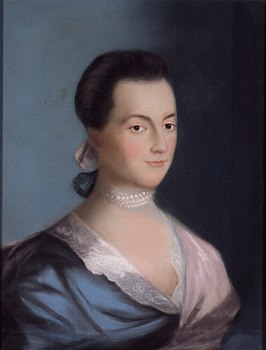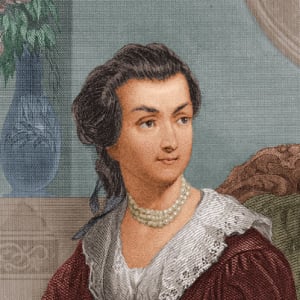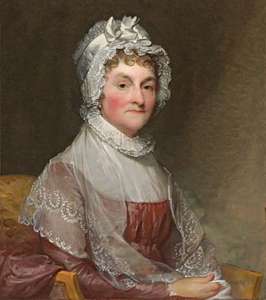
< /leɪˈoʊ ni/, 1899–1988, U.S. poet.
noun
- a mountain in SW Washington, in the Cascade Range. Height: 3751 m (12 307 ft)
noun
- Gerry, full name Gerrard Adams . born 1948, Northern Ireland politician; president of Sinn Féin from 1983: negotiated the Irish Republican Army ceasefires in 1994–96 and 1997; member of the parliament of the Irish Republic from 2011
- Henry (Brooks). 1838–1918, US historian and writer. His works include Mont Saint Michel et Chartres (1913) and his autobiography The Education of Henry Adams (1918)
- John. 1735–1826, second president of the US (1797–1801); US ambassador to Great Britain (1785–88); helped draft the Declaration of Independence (1776)
- John Coolidge. born 1947, US composer; works include the operas Nixon in China (1987) and The Death of Klinghoffer (1991)
- John Couch. 1819–92, British astronomer who deduced the existence and position of the planet Neptune
- John Quincey. son of John Adams. 1767–1848, sixth president of the US (1825–29); secretary of state (1817–25)
- Richard. born 1920, British author; his novels include Watership Down (1972), The Plague Dogs (1977), and Traveller (1988)
- Samuel. 1722–1803, US revolutionary leader; one of the organizers of the Boston Tea Party; a signatory of the Declaration of Independence
- American astronomer who demonstrated that the essential brightness of a star could be calculated by studying its spectrum and who introduced a method for measuring the distance of stars based on their brightness. In 1915 he discovered Sirius B, the first known white dwarf star, and his measurement of the gravitational red shift in the light leaving its surface was accepted as evidence for Albert Einstein’s general theory of relativity.
 Liberal Dictionary English Dictionary
Liberal Dictionary English Dictionary


